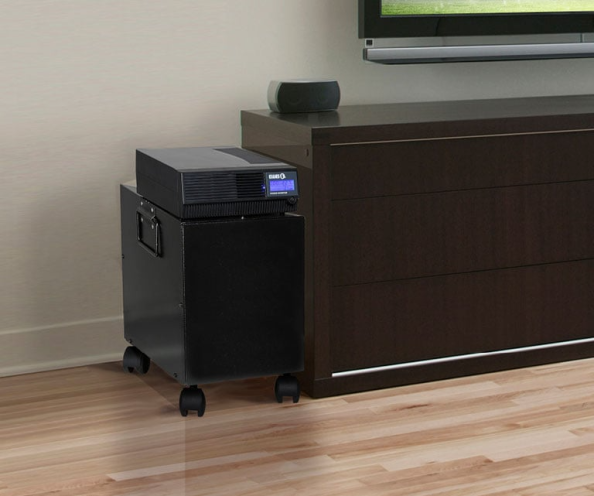How to choose your inverter


devices you can operate with an inverter
The wattage of the inverter depends on the devices and appliances you want to operate at the simultaneously during a power outtage. On 1440W the maximum recommended runtime is 250W for 4 hours 30 mins (provided the batteries are new and in good condition)


Please take note!
- This is only a guide, please consult your equipment handbook for accurate power usage & requirements
- Electric motors require an average power source of up to 3 x thier rating to start. Over approxiamately one year of daily use, your battery charge storage capacity will drop to about 70% of its original charge capacity, this is normal
Modified sinewave inverters are not suitable medical devices. This inverter cannot be used for the following appliances:
- Irons
- Kettles
- Toasters
- Aircons
- Washing Machines
- Tumble Dryer
- Fridges
